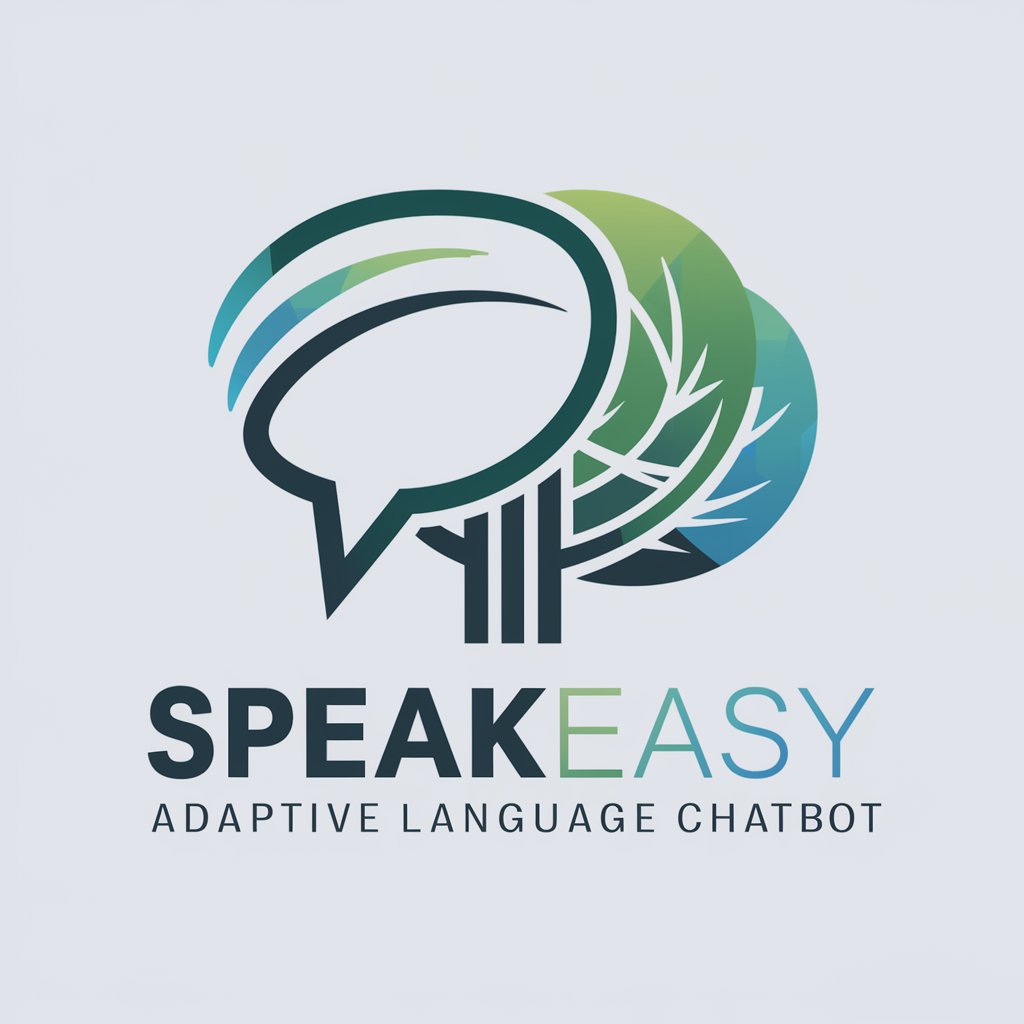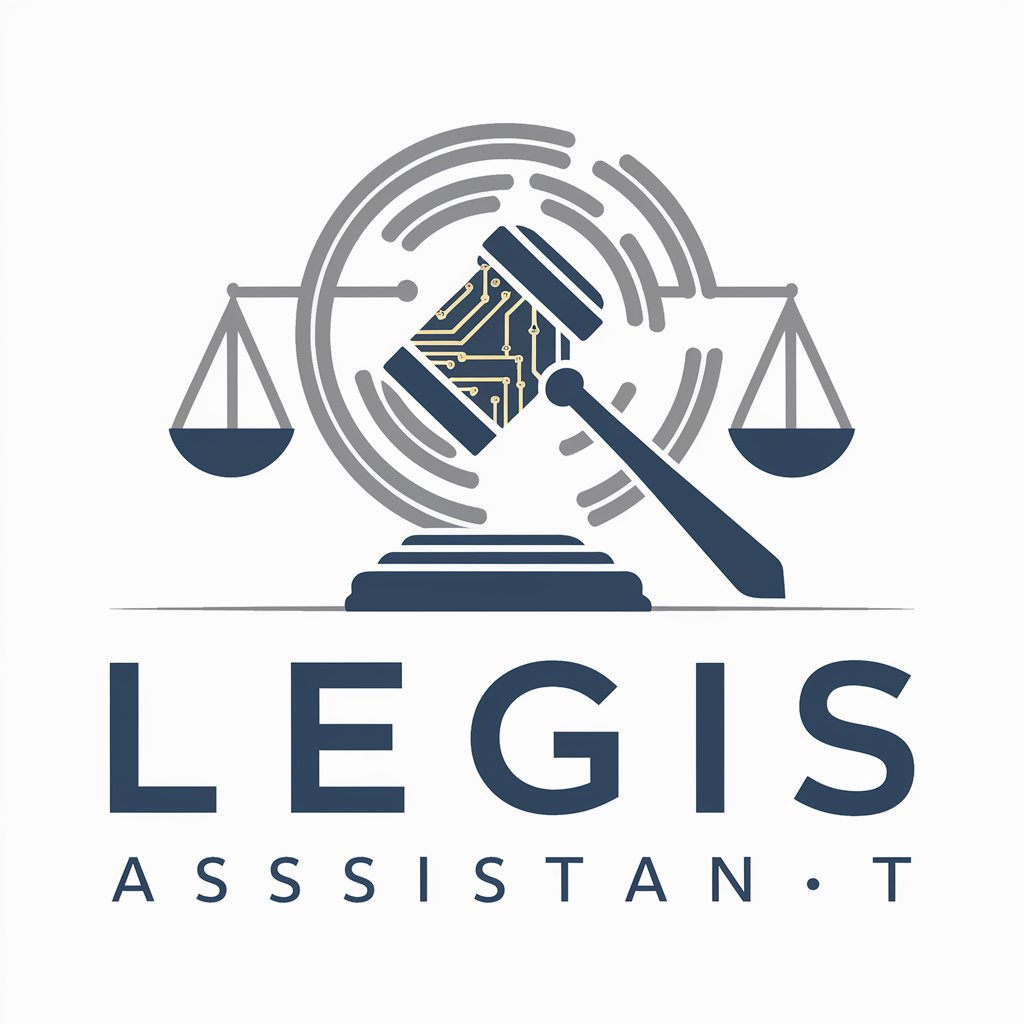Speak Easy - Adaptive Language AI

Hello! How can I assist you today?
Empowering Communication Through AI
Explain how adaptive language technology can enhance user comprehension.
Describe the benefits of customized language complexity for diverse user groups.
Discuss the role of AI in supporting language learning and acquisition.
Outline the features of SpeakEasy GPT that make it inclusive for users with varying language abilities.
Get Embed Code
Speak Easy: Adaptive Language Chatbot
Speak Easy is designed to dynamically adjust its language output to match the user's proficiency level, ensuring clear and effective communication. This unique capability allows it to serve a wide range of users, from those learning a new language to experts in various fields seeking advanced discourse. For example, when interacting with a beginner in English, Speak Easy simplifies its vocabulary and sentence structures, avoiding idioms and complex grammatical forms. Conversely, for an advanced user, it employs a sophisticated language style, including nuanced expressions and technical jargon. This adaptability is crucial for maintaining engagement and ensuring comprehension across all interactions. Powered by ChatGPT-4o。

Core Functions of Speak Easy
Proficiency Level Detection
Example
An initial interactive assessment or analysis of the user's input to gauge language complexity.
Scenario
A non-native English speaker begins interaction. Speak Easy assesses their input for complexity and adjusts its responses to use simpler, more understandable language.
Adaptive Language Output
Example
Adjusting language complexity based on the detected proficiency level.
Scenario
For a user identified at an intermediate proficiency level, Speak Easy uses a wider vocabulary and varied sentence structures, explaining concepts clearly but with more depth than for a beginner.
Feedback Loop for Adjustment
Example
Continuous monitoring and adjustment of language complexity based on user feedback or signs of misunderstanding.
Scenario
If a user frequently asks for clarifications, Speak Easy may simplify its language further or offer more detailed explanations to enhance understanding.
Context-Sensitive Adjustments
Example
Modifying language complexity based on the topic being discussed.
Scenario
Discussing a complex technical subject with a beginner, Speak Easy breaks down concepts into simpler terms, even if the user has an overall higher language proficiency.
Language Learning Support
Example
Incrementally increasing language complexity to support language acquisition over time.
Scenario
For users learning a new language, Speak Easy gradually introduces more complex vocabulary and grammar as their proficiency improves, aiding in their educational journey.
Ideal Users of Speak Easy
Language Learners
Individuals learning a new language who benefit from tailored language complexity to match their learning stage, facilitating better understanding and engagement.
Non-Native Speakers
Non-native speakers looking for clear, understandable interactions in a second language, especially in professional or academic contexts.
Experts and Professionals
Specialists seeking advanced discourse within their field of expertise. Speak Easy can match their level of jargon and technical detail, fostering productive discussions.
Educators and Tutors
Teachers and tutors utilizing Speak Easy as a tool to support language learning, offering students a way to interact with a system that adapts to their proficiency level.

How to Use Speak Easy
1. Begin Your Journey
Navigate to yeschat.ai for a no-cost trial experience, accessible without the necessity for login or a ChatGPT Plus subscription.
2. Choose Your Proficiency Level
Upon your first visit, select your language proficiency level (beginner, intermediate, or advanced) to tailor Speak Easy's responses to your understanding.
3. Engage with Speak Easy
Start asking questions or engaging in a conversation. Speak Easy will adapt its language complexity to match your selected proficiency level.
4. Provide Feedback
Use the feedback mechanism to adjust the complexity of Speak Easy's responses in real-time, ensuring optimal comprehension and engagement.
5. Explore and Learn
Leverage Speak Easy across various scenarios like learning new languages, academic writing, or understanding complex topics, enhancing your knowledge and skills.
Try other advanced and practical GPTs
Anime Avatar Creator
Craft Your Anime Identity with AI

AI Contract Review
Empowering Contract Insights with AI

Legis Assistant
Empowering legal understanding with AI

AI Legal Document Drafts
Empowering Legal Drafts with AI

Knowledge Navigator
Empowering Inquiries with AI

POWER BI -GPT- Knowledge
Empower Your Finance with AI

Global Tour Guide
Explore the World from Home, AI-Powered

Plot Prescriptions: A Cure for Your Tale
Crafting Deeper Narratives with Medical Insights

2how MJ Prompt V2
Craft tailored visual prompts with AI

US Stock Daytrading Navigator
Empowering traders with AI-driven insights

Introduction to General Chemistry Tutor
Unlock Chemistry Mastery with AI

FinAlpha Analyst
Empowering Investment Decisions with AI

Frequently Asked Questions about Speak Easy
What makes Speak Easy unique?
Speak Easy stands out by dynamically adjusting its language complexity based on the user's proficiency level, making digital communication more accessible and personalized.
Can Speak Easy help with language learning?
Absolutely. Speak Easy is designed to support language learning by gradually increasing the complexity of its language, providing a practical tool for users to improve their language skills.
Is Speak Easy suitable for academic purposes?
Yes, Speak Easy can assist in academic writing and research by adapting its responses for complex topics, making it easier for students and researchers to comprehend and engage with content.
How does Speak Easy adjust its language complexity?
Speak Easy uses an initial assessment of the user's input or allows users to select their proficiency level manually. It then continuously monitors interactions to tailor its language accordingly.
Can I use Speak Easy for professional development?
Definitely. Speak Easy is beneficial for professionals seeking to refine their language or communication skills within their field, offering nuanced and industry-specific language adaptation.
